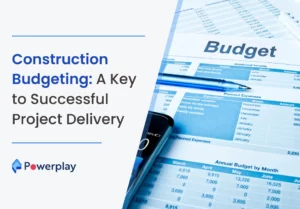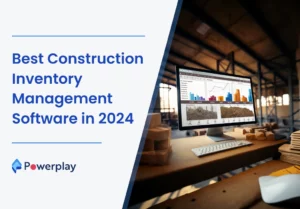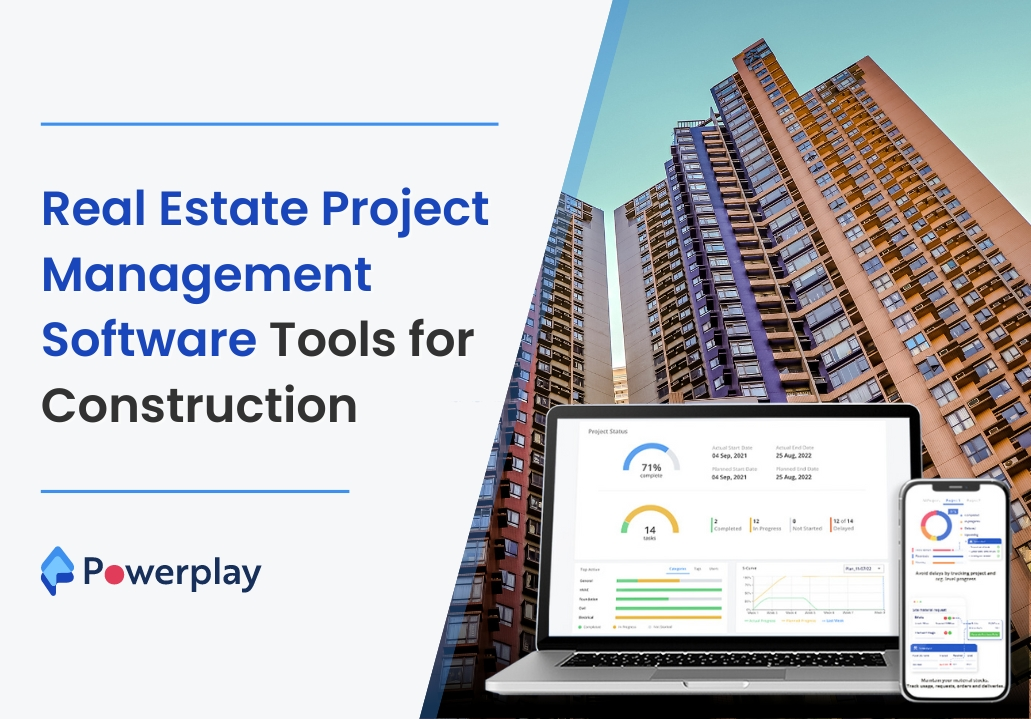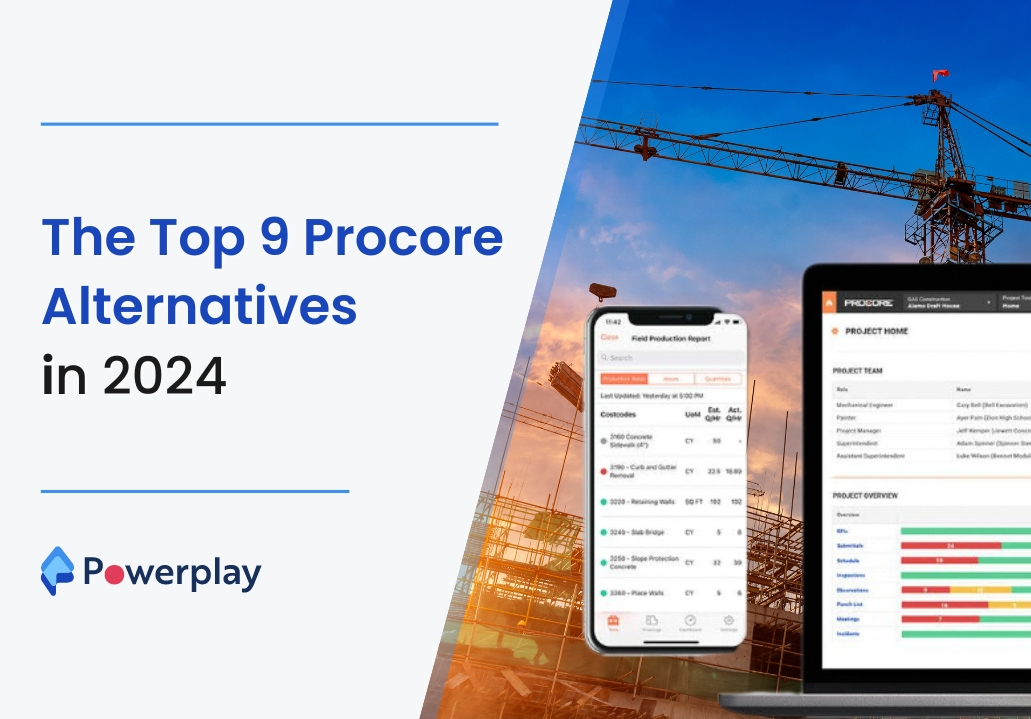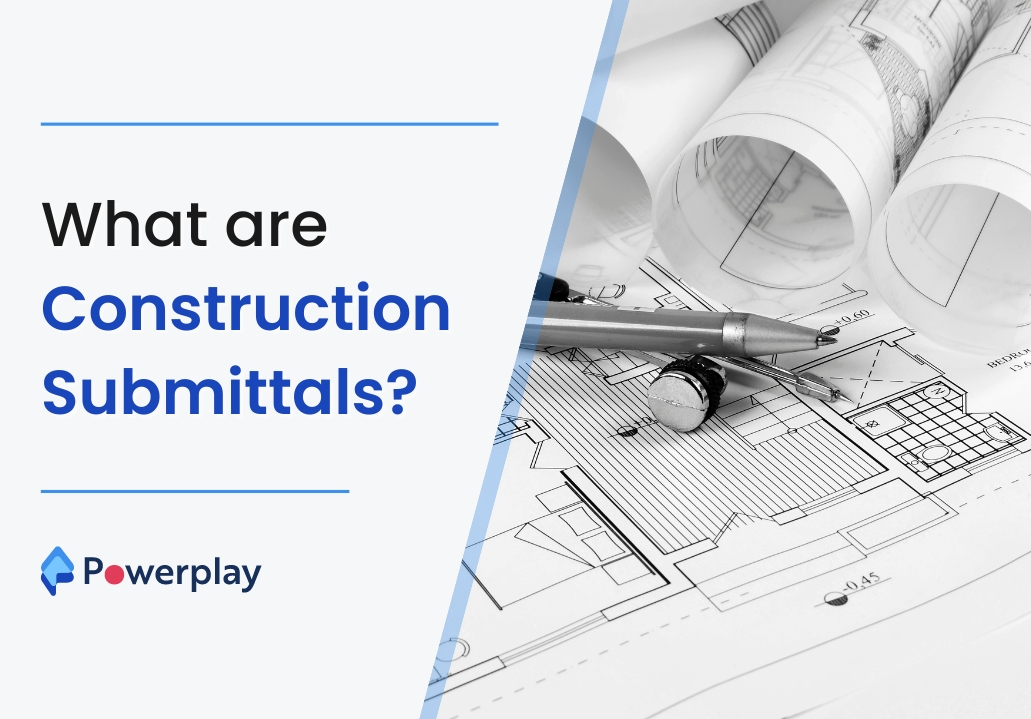Value Engineering in Construction
-
Kumar Abhishek Anand
- October 12, 2023
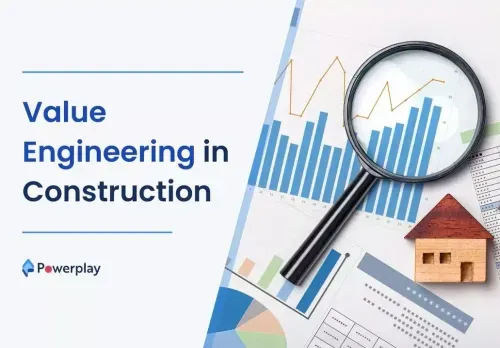
Value engineering can be defined as a systematic approach applied to construction projects to add value to the final structure. This approach helps develop more viable processes to achieve the goals of the project. Developed using value engineering, this process provides a clear and complete understanding of the steps you should take to improve project efficiency at the same or lower cost.

Business processes and project workflows are extremely complex for all construction projects. It is very difficult to properly manage each operation and avoid cost overruns to ensure quality structure. Value engineering supports the construction industry by achieving the highest overall value at minimal costs.
Value engineering involves working with architects and engineers throughout the project life cycle to analyze each project variable to maximize value at every step. Value engineering, also known as value analysis, is an important process that benefits every stakeholder involved. Doing it early in the project can save you a lot of time and money as the project progresses, which can be more valuable to the project and its stakeholders.
Value engineering not only reduces costs but also builds trust to enable project teams to reach their full potential under given policies and processes. This guarantees a better return on investment (ROI) for the needs of the entire project. It helps you manage the scope and budget of your project and complete it on time.
Recently, there have been negative reviews of the use of value engineering in civil engineering for the disadvantages of the architectural design process, but this is certainly not true. When all stakeholders adopt a value engineering approach and actively contribute to the value analysis of construction projects, the entire project can be carried out more efficiently and creatively to achieve the desired goals.
Table of Contents
ToggleValue Engineering Stages in Construction Projects
Value engineering can be adopted at any stage of a construction project to bring out the best value with a limited budget for resources, planning, and management. Still, it proves to be more beneficial if applied at the beginning stages to ensure better project execution from the start of the project.
To achieve optimum value for initial as well as long-term investment projects, value engineering can be achieved in three main stages:

01 – Planning
When applied early in the planning of a project, value engineering provides better value to everyone involved in a construction project by providing a robust communication network between teams. Planning for potential problems in the course of a project not only saves time but also makes the project more cost-effective.

Value engineering helps you develop plans to avoid possible setbacks in the execution of your project. It also flags areas that need improvement. Through value engineering, project team members can initiate coordination and communication during the planning phase and present ideas, concerns, and questions to ensure a good estimate of budgets and resources, and timelines.
Value engineering at the planning stage typically includes defining project goals and their limitations, budget estimates, analyzing the functional potential of a project, reviewing utilities and materials, exploring alternative and sustainable solutions, etc.
Applying value engineering during the planning phase can improve project results and significantly reduce costs and ensure timely completion. It gives everyone enough time to share and discuss ideas and changes to better understand and achieve the project’s goals without any setbacks while the project is running.
02 – Design Stage
The second stage of value engineering usually involves providing inputs for the design of the project structure while sketching the different design plans. At this stage, the client coordinates with the design team and inspects the proposed design along with the budget estimate, schedule, and overall project process that needs to be adopted.
The main objective at this stage is to make sure that the design increases the overall value of the project process and also the final project structure. The design team reviews the information available and integrates them to present all possible design alternatives to the client.
03 – Methodology and Approach Stage
The last stage of value engineering can be split up into six essential phases, each of which involves understanding, analyzing, and selecting the best available alternative that will ultimately increase the project value.
The six essential phases are:

Information Phase
In this phase, all the information that is needed to understand the scope and objectives of a project is gathered effectively. The clients’ requirements, resources required, scheduling, cost of the project, and initial design are carefully evaluated and defined to establish clarity in project operations.
After analyzing the information available about the project, the function analysis aspect needs to be taken care of in the next phase.
Function Analysis Phase
The primary and secondary functions are analyzed in this phase to understand the specific service that the project needs to provide.
The primary function related to any construction project in value engineering can be described as the measures that need to be taken to fulfill the project objectives. It is the core of any project and provides the greatest value. On the other hand, the secondary functions are not as valuable as primary functions but they need to be considered nonetheless.
After deciding upon the function of the project, the value engineering team can move to the next phase of creative planning.
Creative Phase
This is a crucial phase in deciding the value engineering approach that needs to be adopted based upon the gathered information and functional analysis about the project. The project team suggests creative ideas for the project’s functionality which not only lowers project costs but also increases the overall value.
Team members come together and discuss several ideas or solutions which need to be applied or which have already been used. The discussion is based on each aspect of the project that generally included safety, environmental stability, material procurement, design considerations, site analysis, and other such information that cannot be ignored.
More project process alternatives can be analyzed when the team members come up with more and more ideas which help in selecting the best possible approach. All possible ideas and solutions suggested by the team members are discussed and analyzed carefully before moving on to the next phase of project evaluation.
Evaluation Phase
To evaluate the ideas suggested by the team members, a set of criteria have to be established based on which the advantages and disadvantages related to each of them can be evaluated and ranked in order of having more advantages in this phase.
In this phase, project life-cycle analysis is also performed to evaluate the cost and resource requirement at every stage of the project life cycle from the initial stages to the final decommissioning stages. Parameters such as land requirements and acquisitions, construction equipment demand, long-term operation costs like energy and water also need to be considered.
The life cycle analysis of the project can help in deciding the best alternative which will be the most cost-effective option for the project. All the other ideas that cost more are discarded and need not be discussed any further. The selected ideas are then used to develop the project in the next stage to increase the overall value.
Development Phase
In the project development phase, the best ideas that have been shortlisted are used to prepare a proposal that is to be presented at the final stage of the project. The ideas are carefully noted down with their advantages and disadvantages to prepare the project process and be ready for any setbacks.
The disadvantages of each idea must be accompanied by a set of solutions that can be used to overcome them. Each idea should have its details including cost comparisons, designs and sketches, project schedule, and other important information that will increase project value in any possible way.
Presentation Phase
This is the last phase of the methodology and approach stage where the team presents the conclusions and suggestions before the clients and stakeholders. This is a kind of formal presentation that can be treated as an opportunity to study and compare the final alternatives and decide which value approach will be the best for the project’s success.

Value engineering as a whole helps in avoiding construction project difficulties in many ways such as last-hour changes to design and scope, redesigning of the architectural plan, replanning cost estimates, guiding contractors to construct in the given budget, enhancing the skills of workers, etc.
Share
Kumar is a digital content professional with more than 2 years of experience in Blog writing, copywriting and scripting. His passion lies in the art of creating convincing content that plays a major role in converting leads for SAAS businesses.
